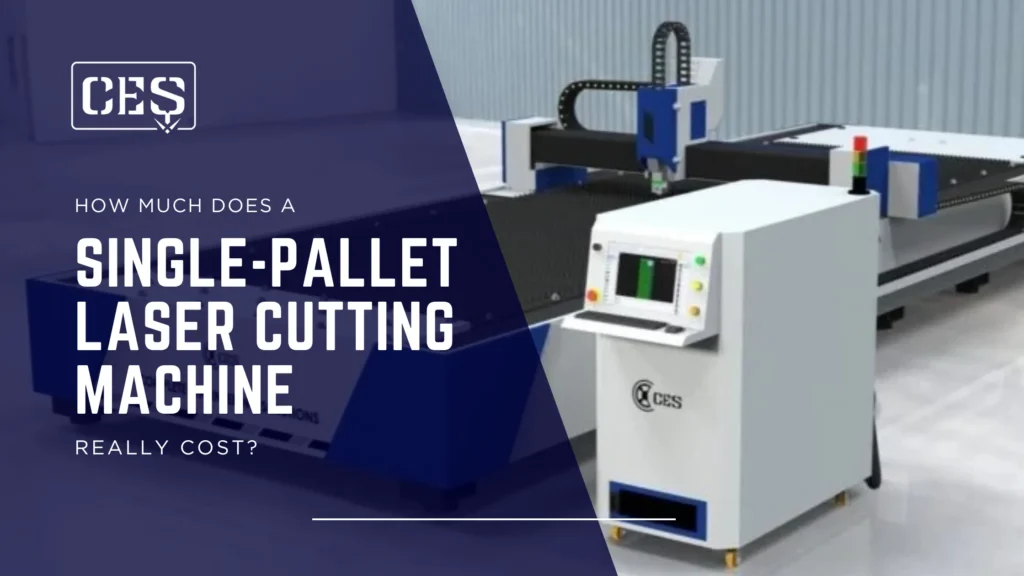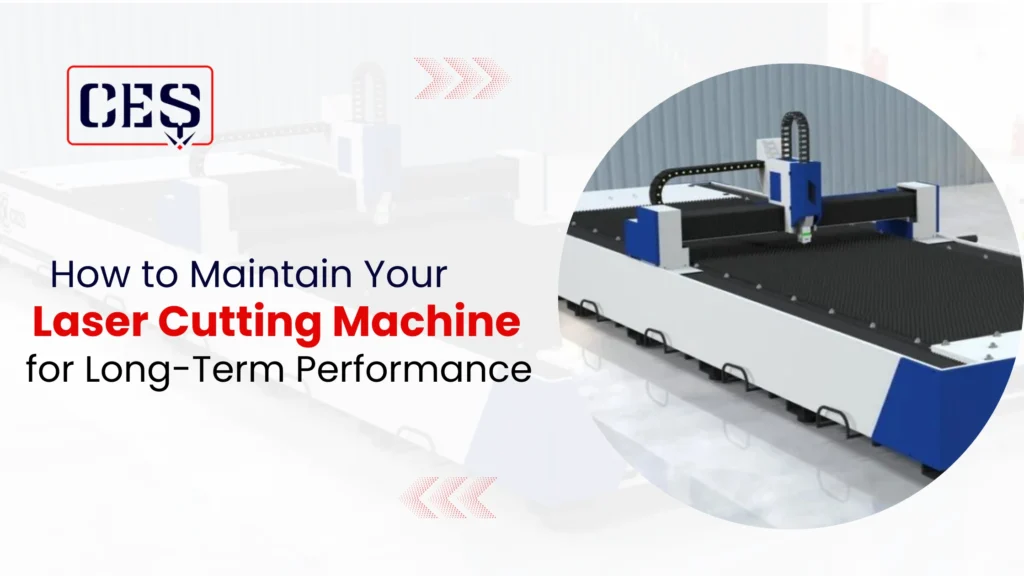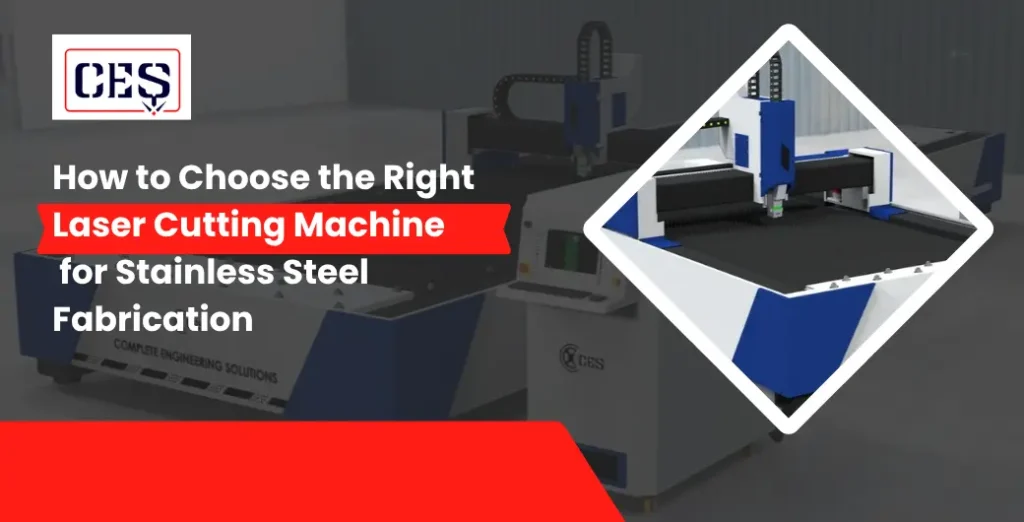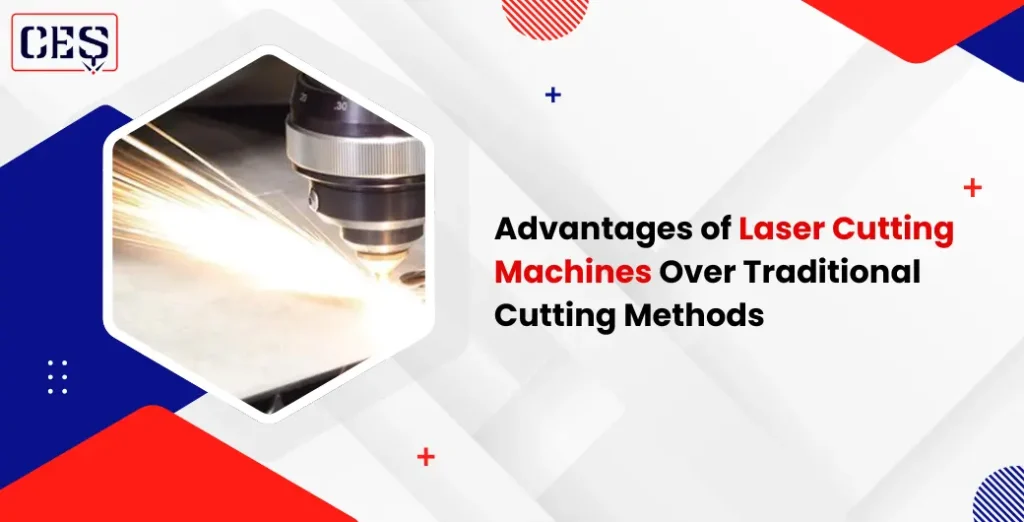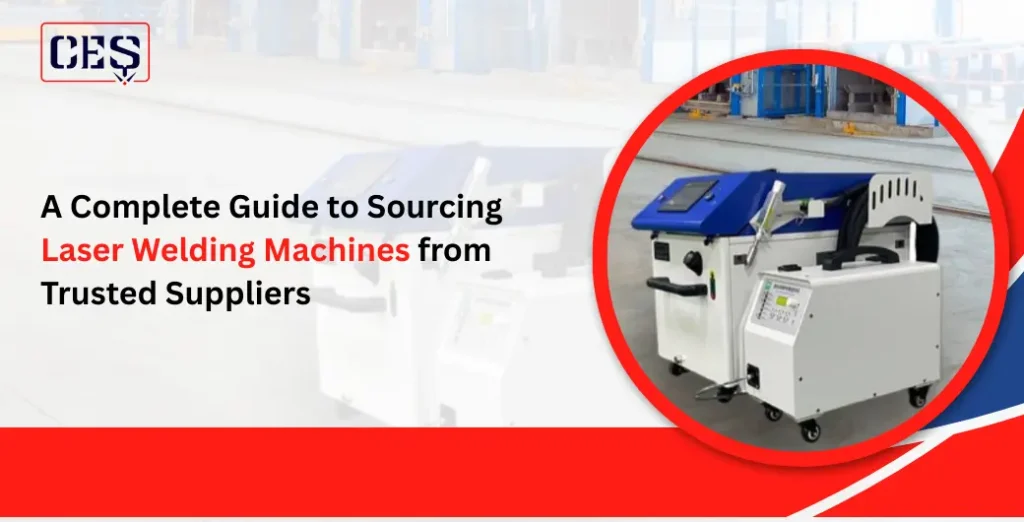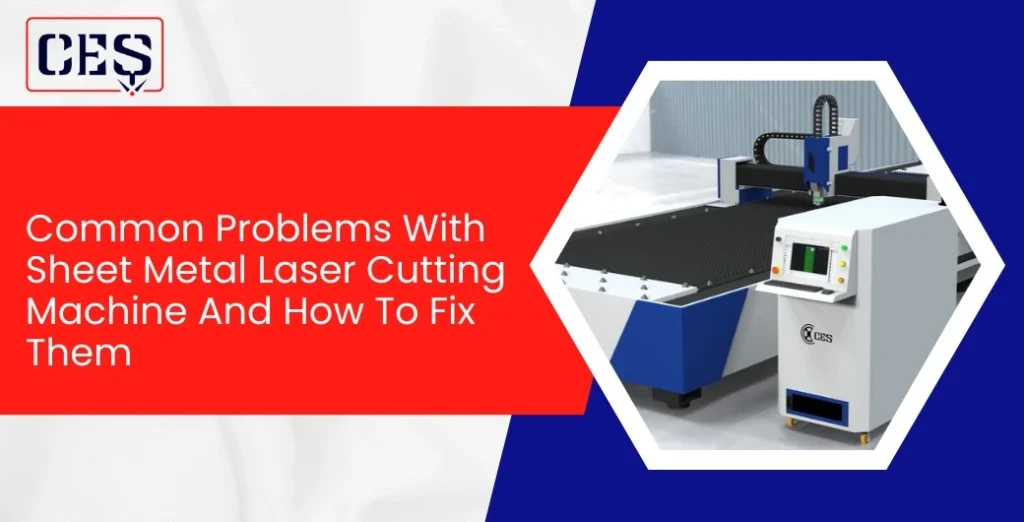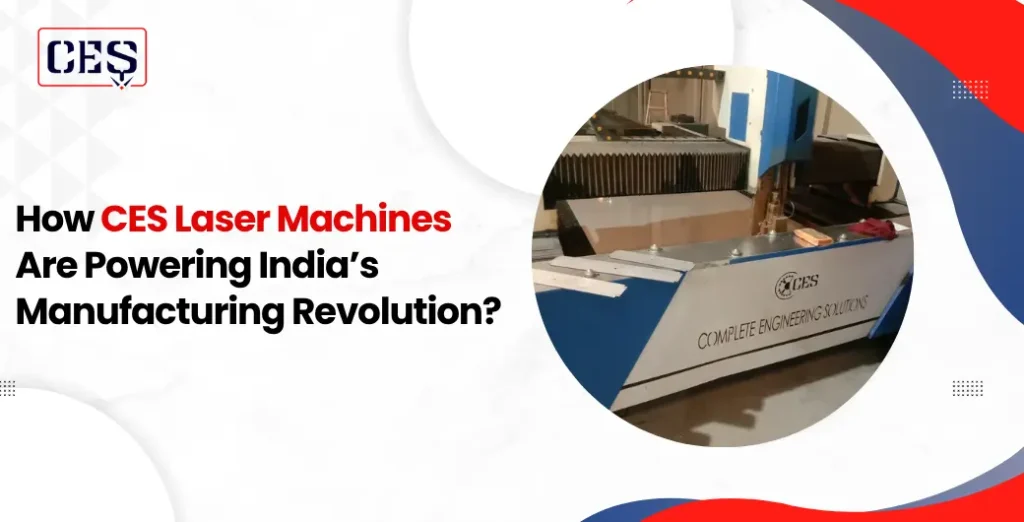How Much Does a Single-Pallet Laser Cutting Machine Really Cost?
Understanding Single-Pallet Laser Cutting Machines A single pallet laser cutting machine employs one worktable for material loading as well as material unloading. This is unlike the dual pallet systems that enable uninterrupted cutting. However, for the single pallet systems, material loading as well as material unloading takes place during machine downtime. Although there is some effect on productivity, the cost of machines is low. These machines are widely utilized for cutting stainless steel, mild steel, aluminum, and brass metal with great precision. These machines do not generate waste material too, making them more preferable. Their compact design is also beneficial for industries that do not have much space. How Much is the Average Single Pallet Laser Cutting Machine Cost? The cost of an individual pallet-based laser cutting machine could range from ₹15lakhs to ₹60lakhs or even more, depending upon specifications and features. While low-spec models with low power lasers and minimal automation would cost less, more powerful models with sophisticated systems for control and automation could be more expensive. However, it is important to note that it is not advisable to make the sole determining criterion of a purchase the issue of pricing. This is because the total cost of the machine is not only determined by the amount one pays for it initially, but by factors such as installation, training, operations, and maintenance. Key factors that influence the cost of production: Laser power: One of the major factors that contributes to the cost is the power of the laser. A power of 1 kW-3 kW is more economical, with the ability to cut thin to medium-thickness metal sheets. A higher power of 6 kW or more is more expensive, with the advantage of higher speeds and thicker cutting. Machine Build Quality Although rigidity of the machine body, standards of linear guides, and precision of drive systems are critical factors that influence cutting precision and durability of the machine. Reliable companies that manufacture the Single pallet Laser Cutting machine employ high-quality components with SRP that provide durability, resulting in lower maintenance costs in the long term. CNC Controller & Software More advanced CNC systems with better interfaces, nesting software, or real-time monitoring are more beneficial for productivity, but they contribute to the final machine cost. Automation & Accessories Additional features like automatic height control, dust extraction systems, safety enclosures, or chiller units would add to the total cost of purchase. Though optional, these features would add to the efficiency of the machine. On the hunt for an economical, single-pallet laser cutting solution that offers precision and durability? CES Laser Machine Private Limited provides you with customized solutions that meet your production requirements, budgets, as well as plans for expansion in the future. Click here Operating & Maintenance Costs However, it In addition to the acquisition cost, other operative costs include electricity consumed, assist gases, consumables such as lenses and nozzles, as well as maintenance. One of the major strengths of the fiber laser technology is that it is more energy-efficient with reduced maintenance costs as opposed to other CO2 lasers. Provisioning for training and support services is also an added value. This is because good or reliable companies provide adequate installation, operations training, or support services. Is a Single-Pallet Machine the Right Choice for You? Single pallet machines are suited for companies that are more concerned with cost management and space conservation as opposed to processing capability. These machines are suited for prototyping, custom cutting, or small to medium batch production. When procured from reliable Single pallet Laser Cutting machine suppliers, these systems provide an excellent return for their investment. Conclusion At CES Laser Machine Private Limited, you get more than what you pay for in a single-pallet laser cutting machine. This is possible by understanding your production needs effectively and consulting with seasoned manufacturing companies that help you decide on machines that provide maximum benefits. CES Laser Machine Private Limited is one such company that helps you with effective solutions for your production needs, with their emphasis on engineering, services, and economical solutions for single-pallet laser cutting machines. So get ready for commitments that promise endless possibilities with CES Laser Machine Private Limited.
How Much Does a Single-Pallet Laser Cutting Machine Really Cost? Read More »
